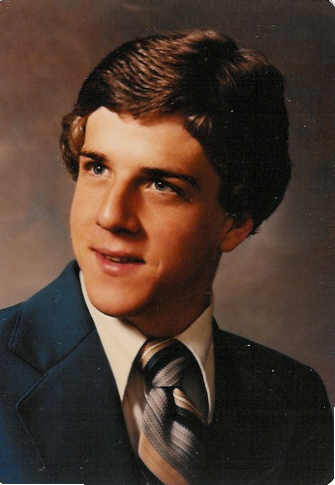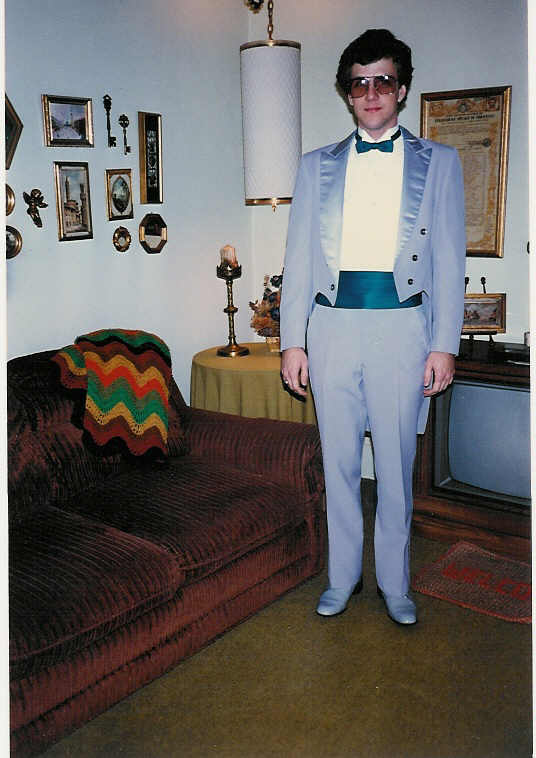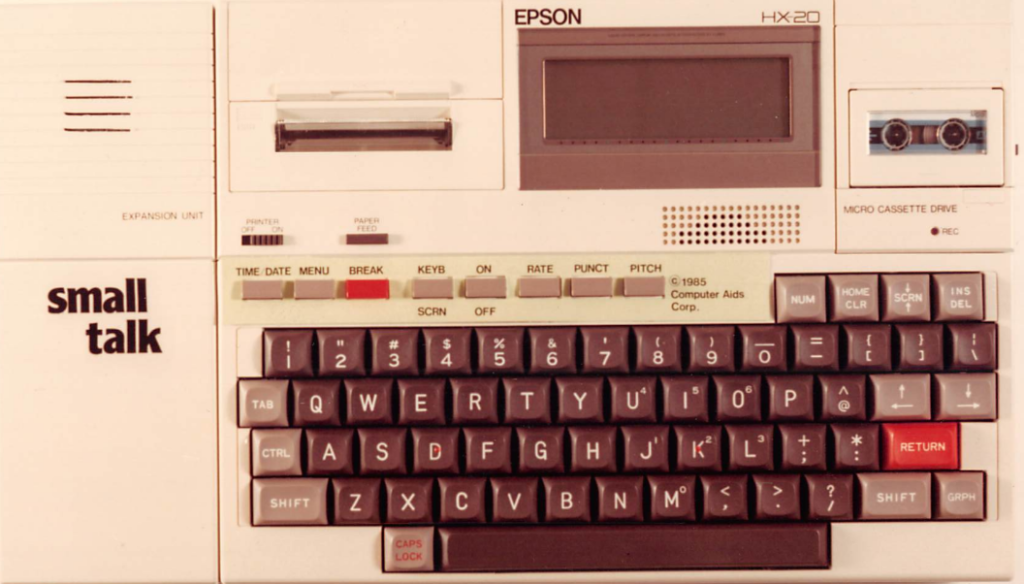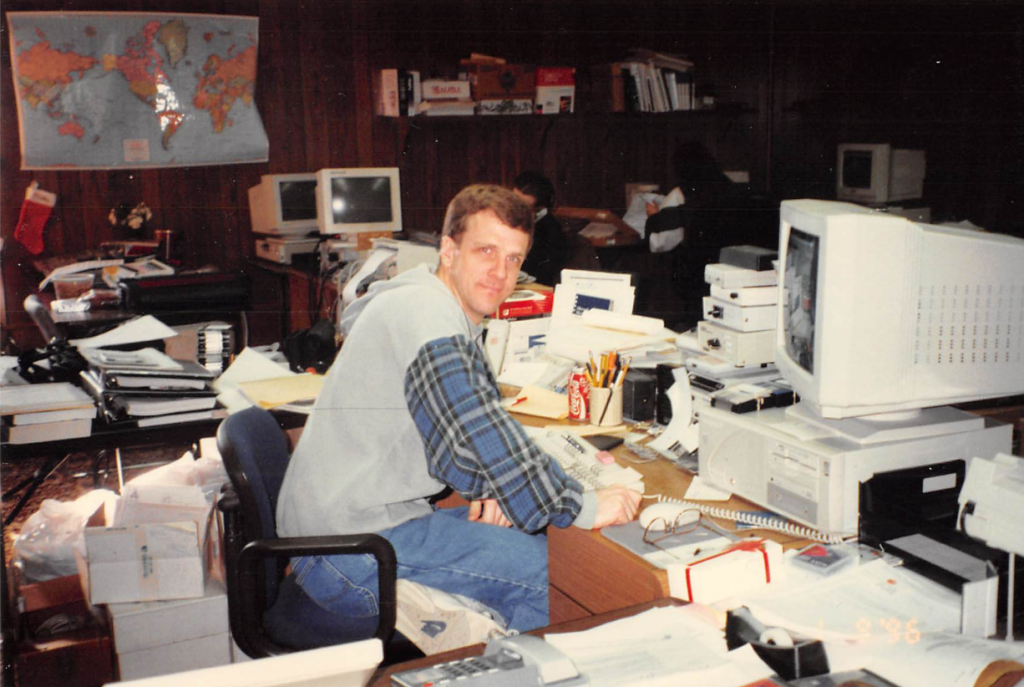Behind the Scenes: Making Microsoft 365 apps accessible with Senior Technical Program Manager Doug Geoffray
A fateful meeting sparked Doug Geoffray’s passion for developing technology for the blind and visually impaired.
It was the early ‘80s, at the dawn of personal computing. Doug was living in Fort Wayne, Indiana, his hometown, teaching himself programming and pursuing a math degree while working at a local computer shop.
“One day, a blind individual named Bill walked into the shop,” he recalled. “When I first met him, I didn’t even know a blind person could use a computer. Little did I know at the time that he would become one of the leading pioneers of the blindness assistive technology field.”
Bill hired Doug to program copy protection for an innovative, self-voicing word processor that allowed blind people to create documents. That software was one of several innovations that Bill’s company launched. Doug eventually spent 7 years writing applications for Bill’s company, learning the ins and outs of accessibility as he went along.

Doug Geoffray portrait 1980
“Back in those days most applications weren’t accessible at all,” Doug said. “Meeting Bill challenged me to learn every trick and technique to make these things work as Bill interacted with the computer.”
It was the start of Doug’s journey that included decades at the forefront of accessibility development and even co-owning a company specializing in accessibility software. Doug and his partner sold the company, GW Micro, in 2014. He was then hired by Microsoft to help improve accessibility in Windows and eventually moved over to the Office product team to work on its accessibility tools.
Doug now serves as a mentor for a new generation of accessibility experts. He performs a critical role helping teams design the new copilot experience and colleagues across Microsoft rely on him to help them with their hardest problems.
With October being National Disability Employment Month, we thought we’d check in with Doug to talk about his work and accessibility features in Microsoft 365.
How did you get started in the technology field?
“During high school, I attended an event at the Fort Wayne Coliseum with my dad that changed my life. One of the exhibitors was a local computer store. Their booth featured an Apple computer running a program that displayed cool graphics on the screen. My curiosity was piqued!

Doug Geoffray photo 1979
I loved things that were logical, so I started doing research. After a few months, I used my own money to buy the Apple computer I’d seen at the event. It was over $1,000, which was a lot back then. The day was June 27, 1979, a day that has a lot of meaning to me. Over the following months, I learned to program and found a passion that still drives me today.
Through collaborations in the accessibility field, I also met my life partner, Clare, whose birthday is June 27th, which validated that our union was meant to be.”
What product or feature that you worked on are you most proud of?
“Small-Talk! It was the first portable computer for blind individuals, based on the Epson HX-20 computer. It had a little LCD screen, 4 lines high and 20 characters wide. It also had a micro printer and a micro cassette hard drive where you stored your programs. I was responsible for the text-to-speech software, the word processor and telecommunications software for Small-Talk.

Small talk console
After the Small-Talk device came out, I went to my very first trade show for the National Federation of the Blind (NFB) in Las Vegas and interacted with people who told me how this technology had changed their lives.
I also wrote a DOS screen reader called Vocal-Eyes. It was one of the early screen readers allowing people who were blind to use the same applications used by sighted users.”
Doug Geoffray at his GW micro desk 1991
What has been your experience working with Microsoft 365 Insiders?
“The Microsoft 365 Insider program is a great way to get feedback from all customers, including those with disabilities. In the past, feedback became available only after the product shipped, and then couldn’t be addressed until the next release, which could be 3 years.
Now that we release features and updates monthly, users can provide feedback and see it incorporated much faster. My favorite recent example is the changes we’ve made to the ribbon in the desktop apps.
Keyboard users, including those using screen readers, gave us feedback that the interaction with the ribbon was inconsistent. Sometimes you press the arrow keys, sometimes you press the Tab key, and in other cases, doing either seems to do the same thing. We also heard feedback that some features on the ribbon weren’t discoverable. Check out this blog post on what we did to address this feedback: https://insider.microsoft365.com/blog/move-more-efficiently-through-the-ribbon-using-your-keyboard.
We also partnered with the Narrator team and other 3rd-party screen readers to ensure that we could provide a full end-to-end experience in the ribbon.
These enhancements were slowly released to Insiders to make sure that they addressed the feedback and functioned as expected.
The Insider program allows us to listen and react much faster to user feedback, which is even more critical for people who rely on assistive technology.”
What one word describes you best?
“Passionate. I’ve been working in the accessibility industry for 41 years. How can I not be passionate? That passion only grows when people tell me they couldn’t do what they are doing without the software I developed. I just love what I’m doing, and when I hear something like that, it makes me even more passionate.”
What movies or books, or other forms of art inspire you the most?
“My favorite movie hands down is, “Galaxy Quest” (a comedy and homage to science fiction films starring Tim Allen and Sigourney Weaver). I can’t say it inspired me or anything, but I love that movie.
Growing up, I had an undiagnosed learning disability. I haven’t been officially tested but I still believe I have some form of dyslexia. I’m a poor speller, and a slow reader, so I just don’t read many books. I remember being in high school and being asked to read aloud. I used to sweat because I knew my teachers were going to call on me and I would stumble on words.
But the biggest impact on my reading came after the birth of our three daughters. I really enjoyed reading to them and that reinvigorated my interest in books and even improved my reading skills. I’m thankful for that. My oldest daughter is a voracious reader who can finish a book in one sitting. I envy that so much.”
Doug Geoffray on holiday
Which superhero or fictional character do you connect with in real life?
“Superman. It’s not because he’s invincible and all powerful, but he’s somebody I relate to because of his lesser-known qualities. He’s dedicated, passionate, and always looking out for people who are underserved.
One of my daughters gave me a sticker that sums up perfectly why I relate to Superman. It says: “Even Superman is Clark Kent most of the time.” You don’t have to be shooting lasers out of your eyes or bending steel with your bare hands to make a difference.”

Doug Geoffray and family 2019
Posted in General, Office Insiders, spotlight
Comments are closed.


